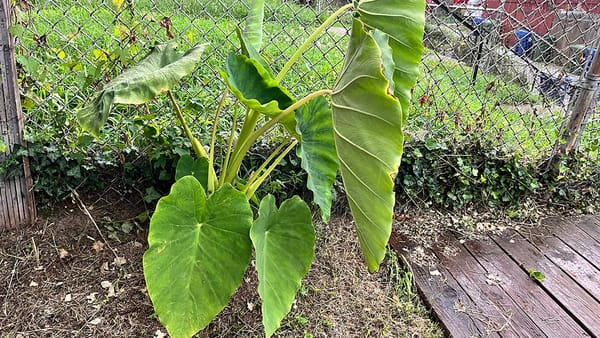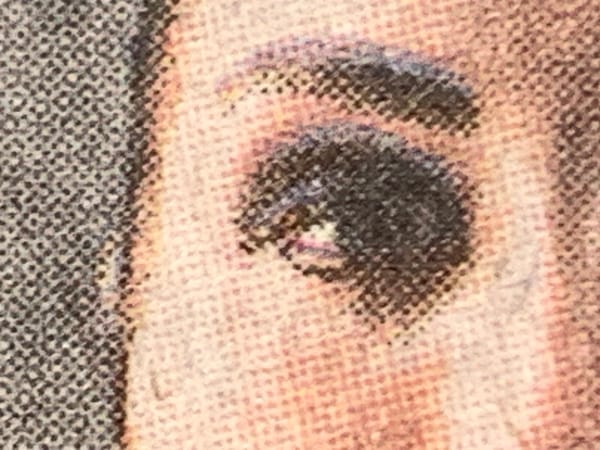Indignity Vol. 3, No. 7: Writers! Please Learn What a Rodent Is!
ANDY ROONEY 2.0 DEP'T.

It's not a weasel or a bat.
FOR BEDTIME, WE'VE been reading Rick Riordan's Heroes of Olympus series, a set of follow-ups to his Percy Jackson and the Olympians series, and it seems pretty well executed. The Percy Jackson concept, as I understand it, is basically Harry Potter but with Greek mythology instead of wizard magic? I haven't read the original Percy Jackson series yet, or more than a few chapters of Harry Potter, for that matter, but: special kids with special powers, on quests that pit them against terrible enemies, as they figure out their special destinies. Right?
It's a good time. The books are all carefully structured and paced; the jokes are goofy; the mythological riffs are a mixture of the standard and the obscure. For people like my 11-year-old, who have read the other books, they offer gratifying callbacks to the original series, without being off-putting at all to those of us who haven't. Rick Riordan is clearly a professional.
And yet! We're in the fourth book, and part of the plot involves a magical polecat, and the roving limited third-person narration keeps calling the polecat a "rodent." And every time, it knocks me right out of the story.
A polecat is not a rodent! A polecat is a mustelid—a member of the same family of carnivores as the weasel, otter, badger, and wolverine. This is not a minor distinction. It's like calling a coyote an "equine" or a hummingbird a "waterfowl."
Rodents are creatures like rats, mice, squirrels, prairie dogs, guinea pigs, and also, toward the larger end, beavers and porcupines: mammals with long, sharp front teeth that never stop growing, so they have to constantly gnaw on things. They include the charming capybara, which stands two feet tall at the shoulder and weighs a hundred pounds, but the capybara is endearing precisely because it is the absurdly large outlier of an order that is generally defined by small, scurrying things. Polecats kill and eat rodents.
Because of that smallness and scurryingness, however, writers have gotten the idea that "rodent" is a synonym for "furry, annoying creature." The enchanted polecat in the Heroes of Olympus book is annoying, therefore it is a "rodent." Batman villains sometimes refer to Batman as a "flying rodent." Batman is, of course, a primate, but a bat is not a rodent, either! A bat is a bat. If you want to call someone a "flying rodent," go pick a fight with Flying Squirrel Man.
There are pedants who might point out here that a flying squirrel technically shouldn't count as a flying rodent, either, because it glides on outstretched membranes rather than having true wings it could flap to gain altitude and properly fly. But that would be pedantic overreach; "flying" is ordinary language and can cover a range of airborne motion. When an entomology enthusiast tells you that the crawling insect you called a "bug" does not fit the taxonomic criteria to be a true bug, or an amateur meteorologist tells you that the heavy snowstorm outside does not meet the visibility standard to count as a "blizzard," they are overstepping their jurisdiction and you may ignore them.
"Rodent," though, entered English as a technical term, borrowed from the Latin for "gnaw." (Despite rodents being defined by their teeth, the "dent" is apparently not connected to the "dent" in "dentist" or "dentures.) When a writer throws it into a sentence to describe an animal, it's meant to sound elevated or educated. If that animal is not a rodent, it just sounds like the writer doesn't have command of their animals, or of their words.

CORRESPONDENCE DEP'T.
In response to Indignity Vol. 3, No. 5, SANDWICH RECIPE DEP’T.: RED DEVIL SANDWICH.
I read today’s sandwich recipe with interest, then reread it with care as I thought I might try my hand at making it and even snap a picture for Craig the Lawyer [Indignity Vol. 3, No. 5, CORRESPONDENCE DEP’T.]. Then I reread it several more times with increasing puzzlement alternating with self doubt. What do you do with the butter? Did I miss this? I don’t think I missed it.
—Trevor
Dear Trevor,
Indeed, you did not miss a lack of instruction regarding the butter! We have to assume that the editing process on (what we further assume) to be a volunteer group effort on the part of the authors and editors of The Raleigh Recipe Book, published by the Ladies of Christ Church, 1916, would be at fault. Always blame it on the Editing! The fate of recipe writer Louise T. Busbee’s butter ingredient may be lost to the ages, but our own cursory research shows butter is missing in some modern recipes, and is the first thing to be melted in a pan in this recipe. INDIGNITY regrets the error, and we wish you the best of culinary luck on what we hope will be a renewed attempt at creating (and photographing) your very own Red Devil Sandwich!
We value and encourage communications from you, the reader! Write us any time, and send to indignity@indignity.net.

SANDWICH RECIPE DEP’T.
WE PRESENT INSTRUCTIONS for the assembly of select sandwiches from The Federation Cook Book: A collection of tested recipes, contributed by the colored women of the State of California, by Mrs. Bertha L. Turner,
State Superintendent, Domestic Science, Pasadena, CA, published 1910, found in the public domain and available at archive.org for the delectation of all.
LUNCHEON SANDWICHES
1 small onion
9 olives
1 green pepper
Chow chow pickle
1 cupful grated cheese
Chop all of the ingredients very fine. Add enough mustard dressing from the chow chow to form a nice paste. Spread on thin slices of white bread not too thickly. Very fine.
—Miss Maude Roberts, 205 W. 3rd St.. Hanford.
If you decide to prepare and enjoy a sandwich inspired by these offerings, kindly send a picture to us at indignity@indignity.net.
Thank you for reading Indignity! We appreciate your interest and support, and we encourage you to find more of our work at Popula.






